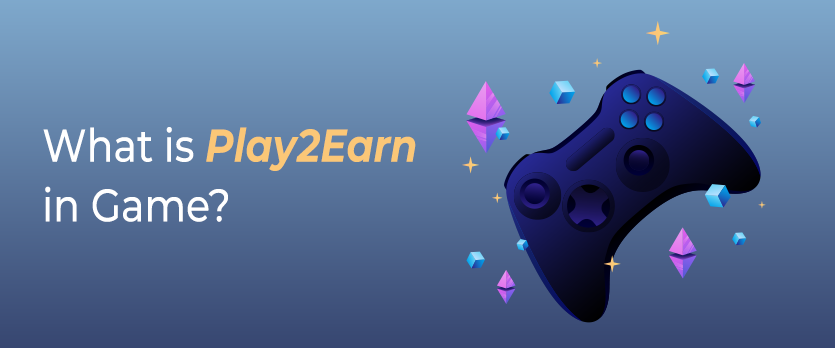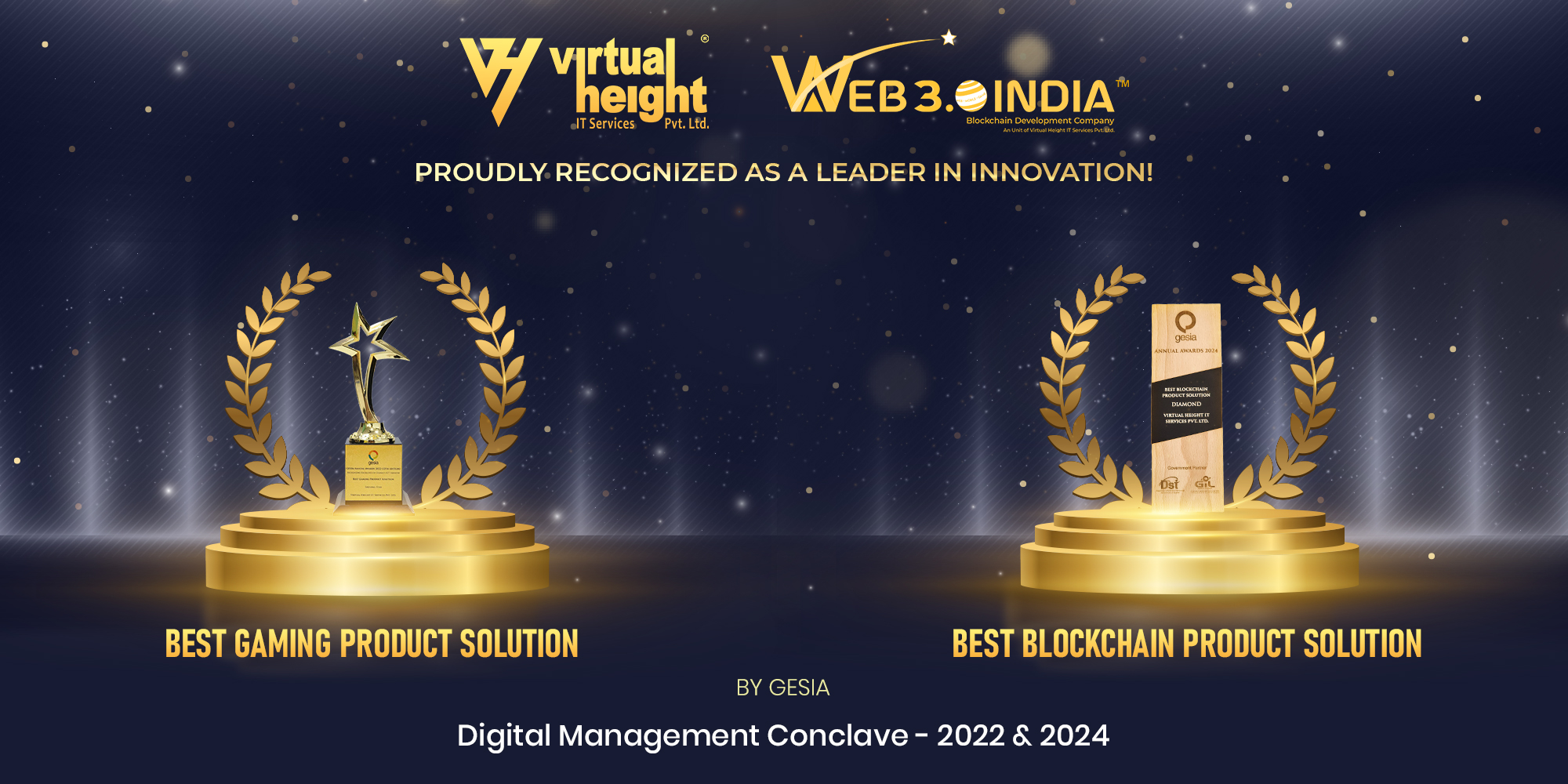Video games have been a way for gamers to relax after a long, stressful day at school or work for a long time. Most people use their hobby as both a hobby and a way to make art and tell stories. But unless you are in the top 99.9% of players, you won’t be able to turn the time you spend on a single game into real-world money.
What if things had turned out differently? Play-to-earn (P2E) games are a new type of game that can help.
How Does a Play-To-Earn NFT Game Work?
With NFT-driven P2E games, also called “crypto games,” players now have the chance to own their in-game assets for real. P2E game developers mint NFTs on the blockchain, which players can use to buy their in-game assets. Even though they work almost exactly the same as their real-world counterparts, having in-game items made as NFTs and in-game currency fully usable as crypto gives the player a lot of options.
Skins, weapons, characters, and in-game money — Even virtual land on the metaverse and other virtual items that players can earn or buy in-game can be traded or sold for money, just like any other NFT. And just like with any other non-fungible token, some of these in-game assets can sometimes be sold on the secondary market for huge amounts.
How Exactly Does “Play-To-Earn” Work?
The fact that P2E games are not centralised is another big difference between them and traditional video games. In other words, P2E games are always being made better with the help of player feedback, which is often taken into account by the developers. Dedicated players will often work together to form a decentralised autonomous organisation (DAO) to help build a stronger sense of community among the players of a P2E game.
P2E games, on the other hand, have much easier ways for players to keep the game going and help it grow. First, they can just play the game. As players take part in the economy of the game, they create value for themselves, other players, and the game’s developer.
In an interview with CNN Philippines, a player of Axie Infinity talked about how excited he was about the game’s huge potential as a P2E game, especially how players would be able to have a real effect on the game’s economy just by playing it regularly. “The white paper was good. I liked the way the game would be played. “I liked what they had planned for it,” the player said. “But most of all, I liked how Axie’s basic economy would work, where there would always be a high demand for the crypto but a low supply.
So, how much do most pay-to-play games cost? It is not the same as traditional games. For example, Splinterlands and the Sandbox are free-to-play P2E games. On the other hand, games like Axie Infinity make you buy the Axies you want to use before you even start playing.
The Future of P2E Games that use NFTs
In addition to the names listed above, Guild of Guardians, Pirate X Pirate, ZED RUN, and RaceFi all make important contributions to the digital asset economy and are very popular among gamers and crypto fans. All of these games show that the market for NFT-driven P2E games is growing quickly. NFT games brought in $2.32 billion just in the third quarter of 2021.
Also, Facebook’s switch to Meta, Microsoft’s recent purchase of Activision Blizzard, and Ubisoft’s launch of the NFT marketplace Quartz show that the gaming industry is also serious about putting blockchain innovations into mainstream games. As a result, even games like Final Fantasy VII, which is loved by everyone, have gotten a new NFT project to mark its 25th anniversary.
Even with these changes, most gamers are still sceptical, if not outright hostile, about the idea of NFTs being added to their favourite hobby. Core gamers don’t like NFTs, and the success of P2E games hasn’t changed their minds about them.
Even the people who make P2E games have said they are worried about how popular they are getting. This could be seen as a call for P2E game developers to focus on the “play” part so they can really give their audiences something of value. And the blockchain gaming industry plans to grow over the next few years, especially with big games like BAYC’s Otherside coming out soon. Only time will tell which part of P2E blockchain games developers will decide to focus on in the future.
Will P2E games completely replace traditional games? Who can say? At the very least, the fact that Epic Games is open to blockchain gaming shows that maybe the two different types of gaming can still live together. Until then, gamers who want to turn their hobby into a side job have the chance to do so. And it should go without saying that making a quick buck or two from P2E games will become a lot easier than going pro or getting famous as a streamer.
Is it Worth it to Make a “Play to Earn” Game?
With all these questions and doubts, investors and game developers need to think carefully about whether or not it’s worth it to put money into or make a Play 2 Earn game.
To think about this, let’s look at the two different ways a game developer could make a game in this market:
Regular Game (Scenario A)
The game developer takes on all of the risk when making a game, then sells each copy at a price they choose and keeps all of the money (less platform fees).
Play to Win is a game (Scenario B)
The game developer takes the risk of making a game beta (maybe just a video and marketing campaign), then sells the first 5,000–10,000 copies of their game (in the form of an NFT). They then give their players the tools they need to make money from the sales of the next 50,000, 100,000, 1 million, etc. copies of the game (by “breeding” NFTs and selling them).
Which One Would You Pick?
If you have a lot of money, you might choose to go down path A. If you don’t have enough money, you might choose path B.
Even better, if you are an NFT investor, it seems like investing in game NFTs early could give you a great return on investment.
If you find a Play-to-Earn game early enough and think it has enough value to attract 20,000, 50,000, or 100,000 players, it makes sense that buying the NFTs will give you a positive return (as long as the game has a “breeding” system like Axie Infinity).
From the point of view of both game developers and investors, it looks like Play to Earn games are worth it.




